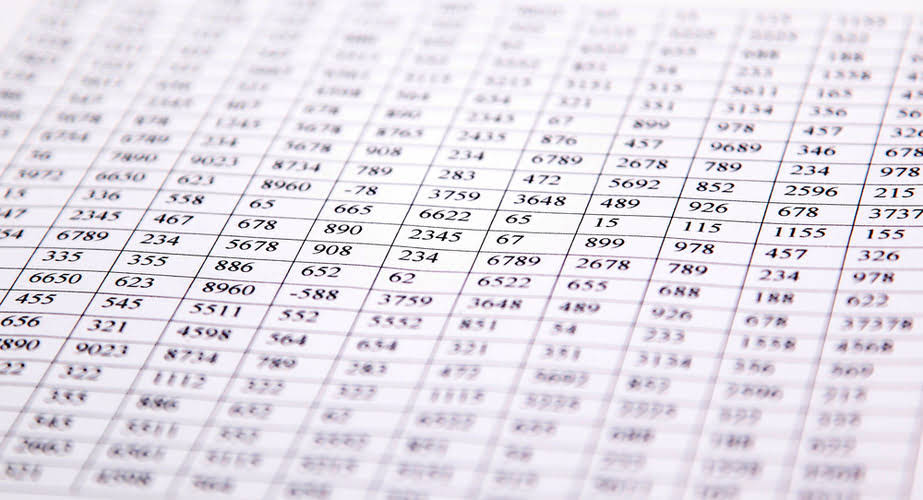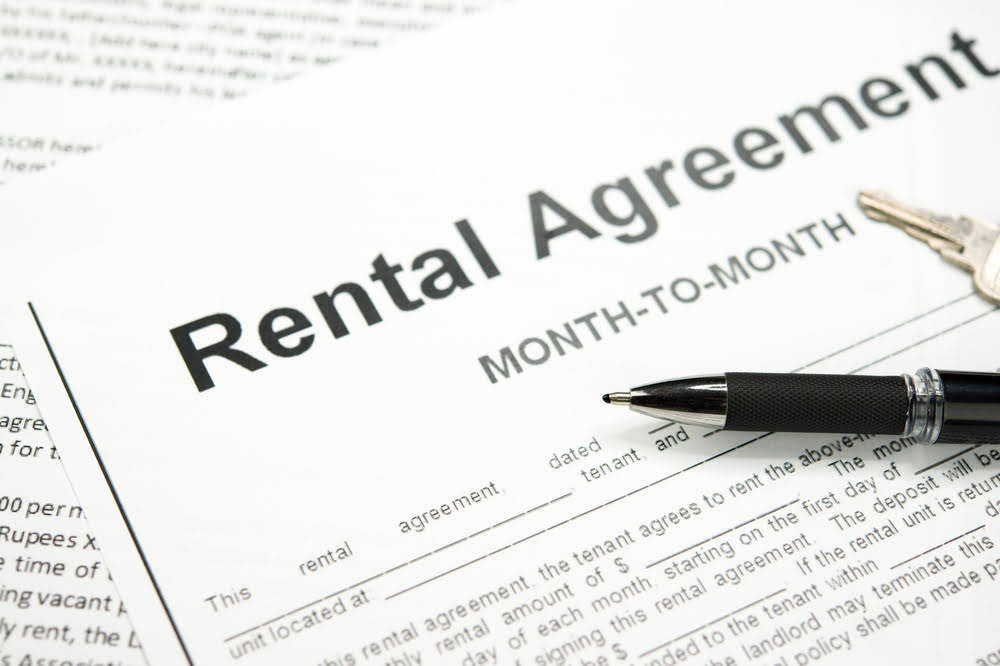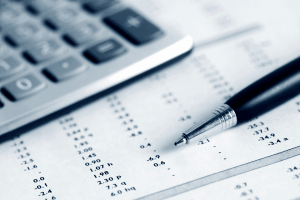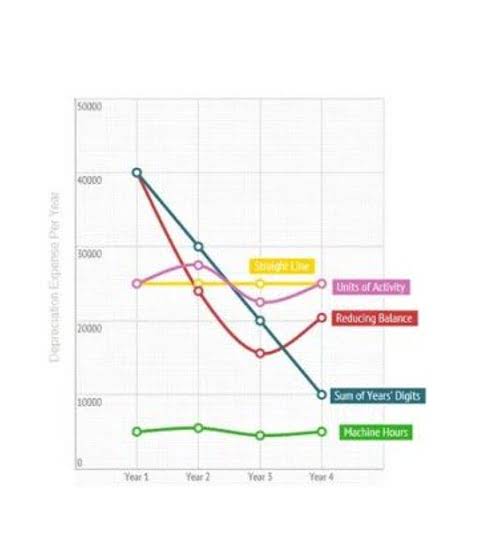6 7: Product vs. Period Costs Business LibreTexts
When you look at a business’s income statement or a balance sheet, product and period costs show up there, influencing different parts of these financial statements. Both of these costs are considered period costs because selling and administrative expenses are used up over the same period in which they originate. Examples of product costs include the cost of raw materials used, depreciation on plant, expired insurance on plant, production supervisor salaries, manufacturing supplies used, and plant maintenance.
- One in five people found pads and tampons too costly to buy during the past 12 months, forcing many to get by with items like toilet paper and tote bags.
- Thus, we can conclude that product costs are the opposite of period costs.
- The articles and research support materials available on this site are educational and are not intended to be investment or tax advice.
- Thus, most companies would consider it a period cost and account for it on the income statement directly.
Period costs definition
Instead, these expenses are attributed to selling and general administrative activities. Selling expenses are costs incurred to obtain customer orders and get the finished product in the customers’ possession. Advertising, market research, sales salaries and commissions, and delivery and storage of finished goods are selling costs. The costs of delivery and storage of finished goods are selling costs because they are incurred after production has been completed. Therefore, the costs of storing materials are part of manufacturing overhead, whereas the costs of storing finished goods are a part of selling costs.
For How Long Are Period Costs Recorded?
Product costs also include Depreciation on plant, expired insurance on plant, production supervisor salaries, manufacturing supplies used, and plant maintenance. In a manufacturing organization, an important distinction exists between product costs and period costs. In a manufacturing organization, an important difference exists between product costs and period costs. To illustrate, assume a company pays its sales manager a fixed salary. Firms account for some labor costs (for example, wages of materials handlers, custodial workers, and supervisors) as indirect labor because the expense of tracing these costs to products would be too great.
- The Ascent is a Motley Fool service that rates and reviews essential products for your everyday money matters.
- Balancing product and period costs is important for your business performance efficiency.
- As governor of Minnesota, one of Tim Walz’s accomplishments was signing a 2023 education law that included a mandate for schools to provide free menstrual supplies to students in grades 4 through 12.
- The $10 direct materials would be a debit to cost of goods sold (increasing) and a credit to inventory (decreasing).
- In contrast, product costs are expensed as products are sold, not when the business purchases them.
How confident are you in your long term financial plan?
Manufacturing overhead costs are manufacturing costs that must be incurred but that cannot or will not be traced directly to specific units produced. In addition to indirect materials and indirect labor, manufacturing overhead includes depreciation and maintenance on machines and factory utility costs. Other examples of period costs include marketing expenses, rent (not directly tied to a production facility), office depreciation, and indirect labor. Also, interest expense on a company’s debt would be classified as a period cost. In managerial and cost accounting, period costs refer to costs that are not tied to or related to the production of inventory. Examples include selling, general and administrative (SG&A) expenses, marketing expenses, CEO salary, and rent expense relating to a corporate office.
LANXESS: EBITDA pre exceptionals for second quarter 2024 significantly above market expectation
If you’re currently in business, you need a good way to manage costs. While using accounting software is the best method for managing costs, even if you’re still recording transactions in a manual ledger or using a spreadsheet application, you period cost can learn to manage business costs properly. The person creating the production cost calculation, therefore, has to decide whether these costs are already accounted for or if they must be a part of the overall calculation of production costs.
Therefore, period costs are listed as an expense in the accounting period in which they occurred. The bottom line is product costs are recorded as inventories in the balance sheet under assets when the production process is over, and they are not accounted for in the income statement as COGS until they are sold. One unique aspect of product costs is their treatment as assets until the product is sold. Instead of being immediately expensed, product costs are capitalized, meaning they are recorded on the balance sheet as an asset. It’s only when the product is sold that these costs are transferred to the Cost of Goods Sold (COGS) category on the income statement.
Athletes will find themselves tracing a route that dances through nine arrondissements (neighborhoods) of Paris along the banks of the Seine. The runners will begin at the Hôtel de Ville, or city hall, and then pass landmarks such as the Palais Garnier opera house, Place Vendôme, the Louvre museum, and past the Trocadéro. The final weekend of the 2024 Paris Olympics will host back-to-back days of thrilling marathons. These prestigious races, set against the backdrop of two of France’s most iconic landscapes—Paris and Versailles—will weave through a tapestry of history, culture, and breathtaking scenery.
Period costs are costs that are not involved directly in the manufacturing process of inventories. In other words, they are the expenses paid on non-manufacturing activities. These costs may include sales, general, and administrative (SG&A) expenses that relate to marketing or sales. The preceding list of period costs should make it clear that most of the administrative costs of a business can be considered period costs.
- A period cost is charged to expense on the income statement as soon as it is incurred.
- Period expenses are costs that help a business or other entity generate revenue, but aren’t part of the cost of goods sold.
- The product costs are sometime named as inventoriable costs because they are initially assigned to inventory and expensed only when the inventory is sold and revenue flows into the business.
- Free cash flow improved from EUR 0 million in the same quarter of the previous year to EUR 83 million.
- These items are directly traceable or assignable to the product being manufactured.
- These expenses have no relation to the inventory or production process but are incurred on a regular basis, regardless of the level of production.
Comparing Product Costs and Period Costs
For example, iron ore is a direct material to a steel company because the iron ore is clearly traceable to the finished product, steel. In turn, steel becomes a direct material to an automobile manufacturer. When your business takes a loan, it makes regular payments of principal and interest. Your business’s recurring expenses, aside from inventories and production expenses, are periodic. Since period costs are a broad category, they’re better explained by what they aren’t.
- Overhead, or the costs to keep the lights on, so to speak, such as utility bills, insurance, and rent, are not directly related to production.
- Product costs, on the other hand, are capitalized as inventory on the balance sheet.
- Period costs are not assigned to one particular product or the cost of inventory like product costs.
- When the product is sold, these costs are transferred from inventory account to cost of goods sold account and appear as such on the income statement of the relevant period.
- This can be particularly important for small business owners, who have less room for error.





